I have produced a dump of 32-bit instructions in hex from an assembler I implemented. A subset of the instruction dump is show below:
The opcodes for the instructions are of lengths 4, 7, 8, 9, and 11. They are always the first bits in the instruction. I'm having trouble understanding how I would decode the instructions if the opcodes are of different lengths?
For example: When I read a single instruction, how would I know how many bits I should read for the opcode?
Here is an image of the instruction formats:

Thank you
